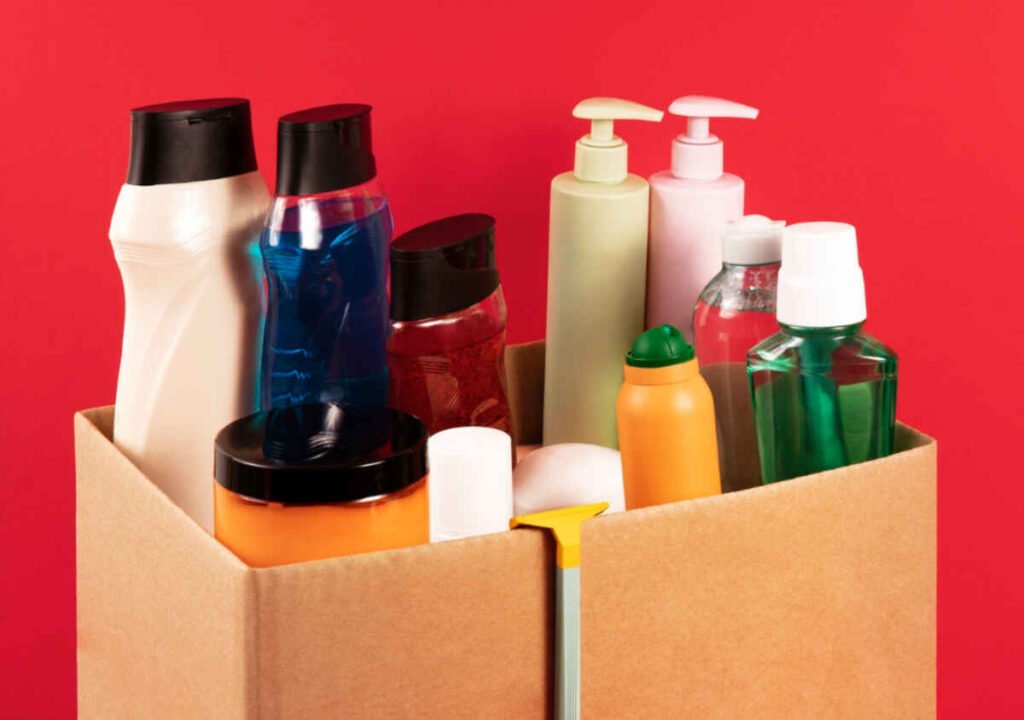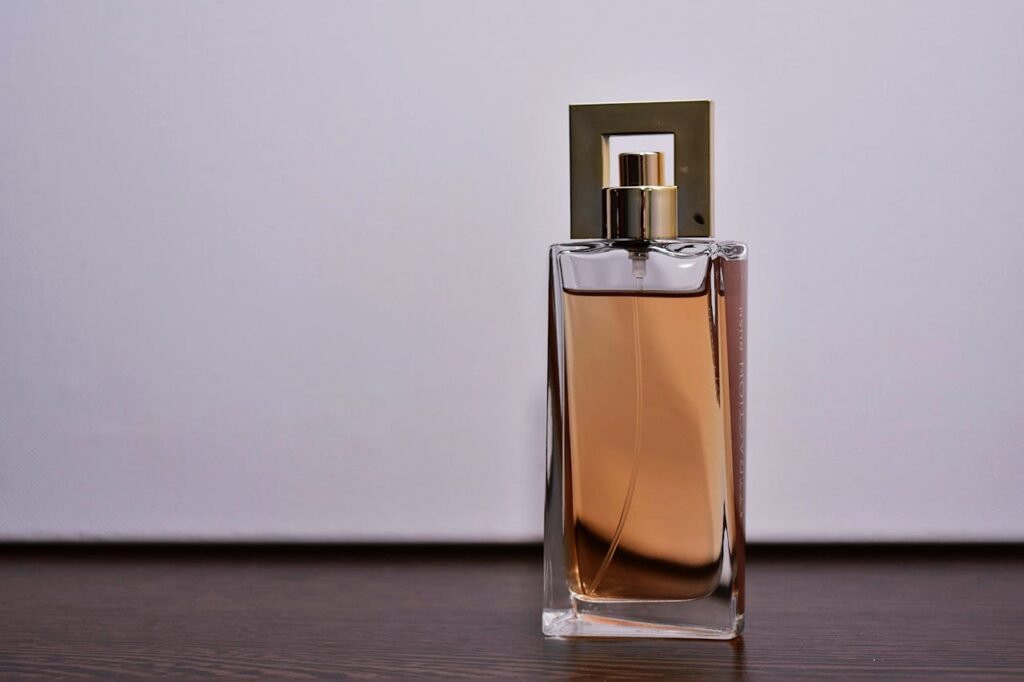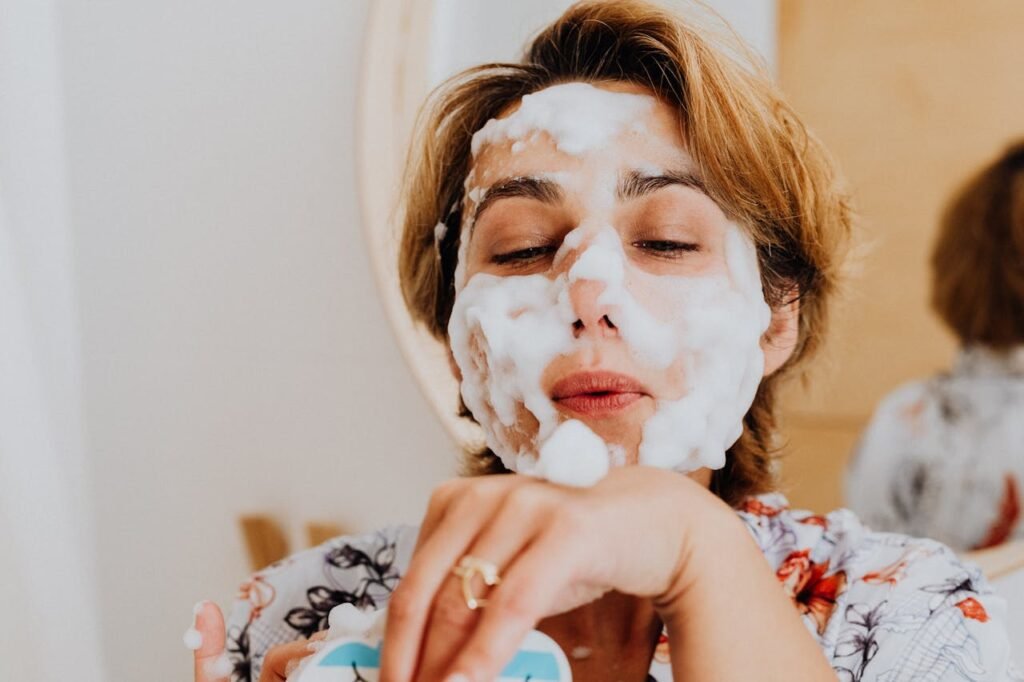Physical Address
304 North Cardinal St.
Dorchester Center, MA 02124
Physical Address
304 North Cardinal St.
Dorchester Center, MA 02124

You trust your skincare routine to nourish, protect, and enhance your natural glow—but what if some of the products in your cabinet are doing more harm than good? It’s a jarring thought, but one worth examining. The truth is, not all ingredients in skincare are skin-friendly. Some Harmful Ingredients in Your Skincare Routine can irritate, sensitize, or even harm your skin over time. And yes, many of them still appear in popular, big-name products.
Your skin is your body’s largest organ. It deserves thoughtful care backed by science, not marketing hype. In this article, we’ll uncover four of the most harmful ingredients commonly found in skincare—and why it’s time to eliminate them from your routine. You’ll also discover safer, effective alternatives that support your skin’s long-term health.
With the global skincare market now exceeding $160 billion annually, countless brands are racing to offer the next miracle formula. But not all prioritize safety. In fact, a report by the Environmental Working Group (EWG) found that many personal care products sold in the U.S. contain ingredients banned in other countries due to health concerns.
Increased skin sensitivity, allergic reactions, hormonal disruptions, and even potential carcinogens have been linked to certain skincare ingredients. That’s why becoming ingredient-literate isn’t just a trend—it’s a necessity.

Used as preservatives, parabens extend the shelf life of products by preventing bacteria and mold growth. But the trade-off might not be worth it.
According to the Harvard School of Public Health, long-term exposure to parabens can lead to hormonal imbalances and reproductive toxicity.

A lovely scent may make your moisturizer or serum feel luxurious—but it’s often the most irritating part of your skincare.
The American Academy of Dermatology lists fragrance as a leading cause of cosmetic-related skin reactions.

These cleansing agents are commonly used in foaming products like face washes and cleansers—but at what cost?
The Environmental Protection Agency (EPA) continues to monitor 1,4-dioxane due to its persistence in the environment and potential health risks.
Even if “formaldehyde” isn’t listed on a label, it could be hiding in compounds that release it over time.
Organizations like WebMD recommend avoiding these preservatives entirely, especially in products that remain on the skin for long periods.
| Ingredient | Risk Level | Main Concern | Safer Alternative |
|---|---|---|---|
| Parabens | High | Hormonal Disruption | Phenoxyethanol, Sodium Benzoate |
| Fragrance | High | Allergic Reactions | Fragrance-Free Labels |
| SLS/SLES | Medium | Skin Irritation | Decyl Glucoside, Coco Betaine |
| Formaldehyde Releasers | High | Cancer Risk, Sensitization | Ethylhexylglycerin, Natural Preservatives |
Why are harmful ingredients still used in skincare?
Many are inexpensive, effective in the short-term, and help preserve products. Regulations also vary widely by country.
Are natural products always safer?
Not always. Some natural ingredients (like essential oils) can still trigger reactions. It’s about formulation and testing.
Can small amounts of harmful ingredients still be dangerous?
Chronic exposure over time is the concern, especially with multiple products containing the same irritants.
What certifications should I look for?
Look for EWG Verified, COSMOS Organic, or dermatologically tested labels on trusted skincare brands.
You deserve skincare that supports your health—not risks it. By avoiding these four harmful ingredients in your skincare routine, you’re taking an essential step toward radiant, resilient skin. With more awareness and better alternatives available than ever, your skincare choices can be both safe and effective.
If this guide helped you rethink your product shelf, share it with someone who needs a skincare overhaul—or explore more safe skincare content on our blog.